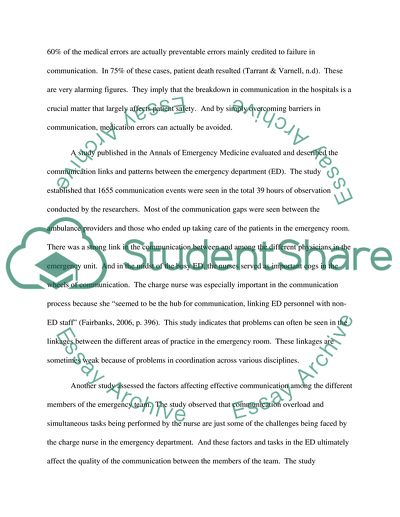Cite this document
(Communication Issues in the Emergency Unit Research Paper, n.d.)
Communication Issues in the Emergency Unit Research Paper. Retrieved from https://studentshare.org/nursing/1726578-3000-words-essay
Communication Issues in the Emergency Unit Research Paper. Retrieved from https://studentshare.org/nursing/1726578-3000-words-essay
(Communication Issues in the Emergency Unit Research Paper)
Communication Issues in the Emergency Unit Research Paper. https://studentshare.org/nursing/1726578-3000-words-essay.
Communication Issues in the Emergency Unit Research Paper. https://studentshare.org/nursing/1726578-3000-words-essay.
“Communication Issues in the Emergency Unit Research Paper”, n.d. https://studentshare.org/nursing/1726578-3000-words-essay.


